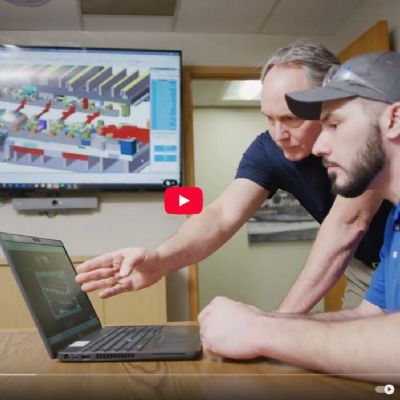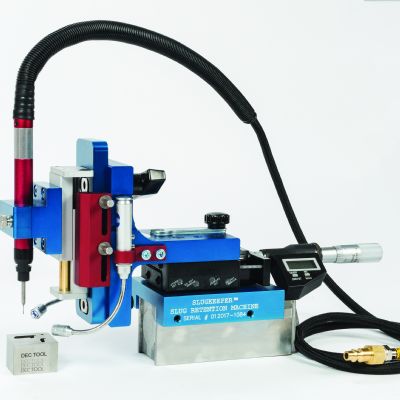Peter Ulintz responds:
I was hoping my February column would be provocative because I believe the need for performance-based die standards requires much more open discussion.
The portion of the column that you quoted is slightly out of context. The passage reads:
“You’re confident that your company’s tooling standards, if followed properly, ensure that the required performance is met for any die that is built. Well if that’s true, then the majority of the tools you purchase are over-engineered (and over-priced) because your standards were written to accommodate extreme, worst-case conditions.”
If your die standards are written to protect for all “worst-case” scenarios, then the tooling will be over-engineered for those conditions that are less than worst-case. It’s like designing all bridges to allow cars to pass over. But what about foot bridges? Do they need to carry the load of a car?
The message of my column: There is a growing need for performance-based die-engineering standards to replace function-based die standards. I agree that when it comes to high-strength-steel applications, many dies are under-engineered. This is because they are designed based on function (i.e., draw dies are built a certain using certain materials, simply because they are draw dies) rather than performance (i.e., the draw die must sustain prescribed loads and meet specific wear criteria).
I believe you and I are exposed to different die-related problems. I constantly see over-engineered tooling because most die standards are written for worst-case scenarios. These tools may never require the help of a tool-steel supplier because the grade of tool steel likely (not als) exceeds the requirements of the application. We usually don’t complain when a die is built “too well.”
Your company and technical staff often face under-engineered conditions—this is when we usually call you for help. But this furthers the point I was making. If the tooling design is not performance-based, we will continue to produce both under-engineered—particularly in AHSS applications —and over-engineered tooling. This is especially true if internal die standards eventually are upgraded to account for AHSS problems. This will lead to non-AHSS applications being over-engineered. To make things worse, we cannot simply generalize AHSS into a die standard because the dual-phase AHSS DP600 product/process combinations have very different needs from those involving DP980.
See also: voestalpine High Performance Metals Corp.
Technologies: Tooling








 Video
Video